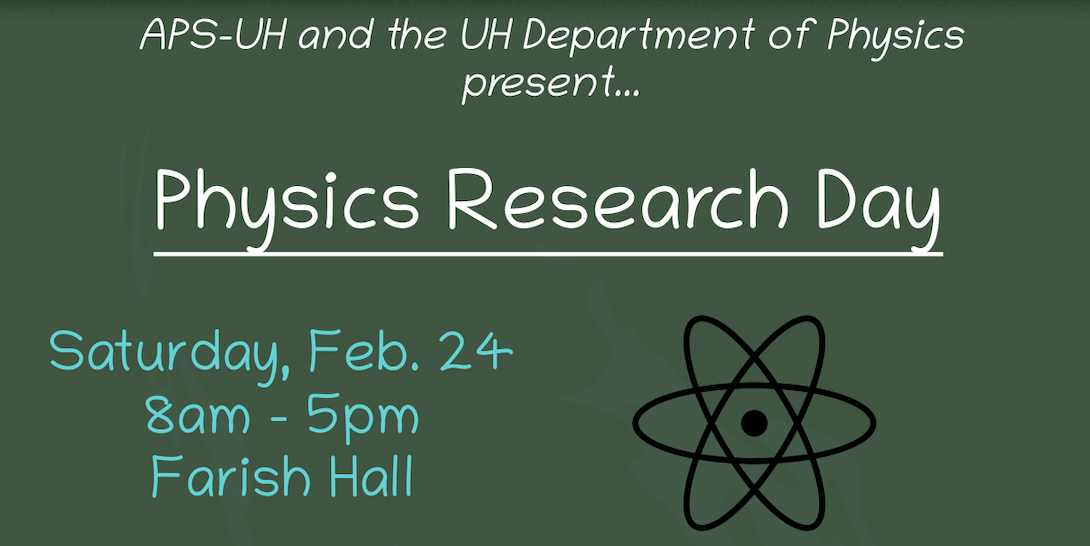Speaker
Description
In recent years, gas sensors have been increasingly used in daily life to enhance the ability of human beings to perceive the surroundings. Gas sensors are commonly used for process automation, dangerous gas leak detection, environmental pollution monitoring, and breath analysis to identify drunk driving. Metal oxide gas sensors utilize changes in the electrical conductivity of semiconducting oxides (e.g. TiO2, SnO2) with respect to target gas concentrations for operation. Low cost, fast response, simple design, and potential to detect gases in low concentrations are their highly desirable attributes. Recently, there have been efforts to use these sensors for medical diagnosis via detection of volatile organic compounds (VOCs) in breath. Nevertheless, exhaled air contains hundreds of VOCs in low concentrations (parts per million to trillion level) and detecting them with high specificity from this complex environment is challenging. We could address this problem by developing unique nanostructured materials and utilizing machine-learning techniques. In this presentation, we discuss the performance of a sensor array based on advanced nanomaterials in detecting cancer related VOCs.
| Academic year | 4th year |
|---|---|
| Research Advisor | Oomman K. Varghese |
